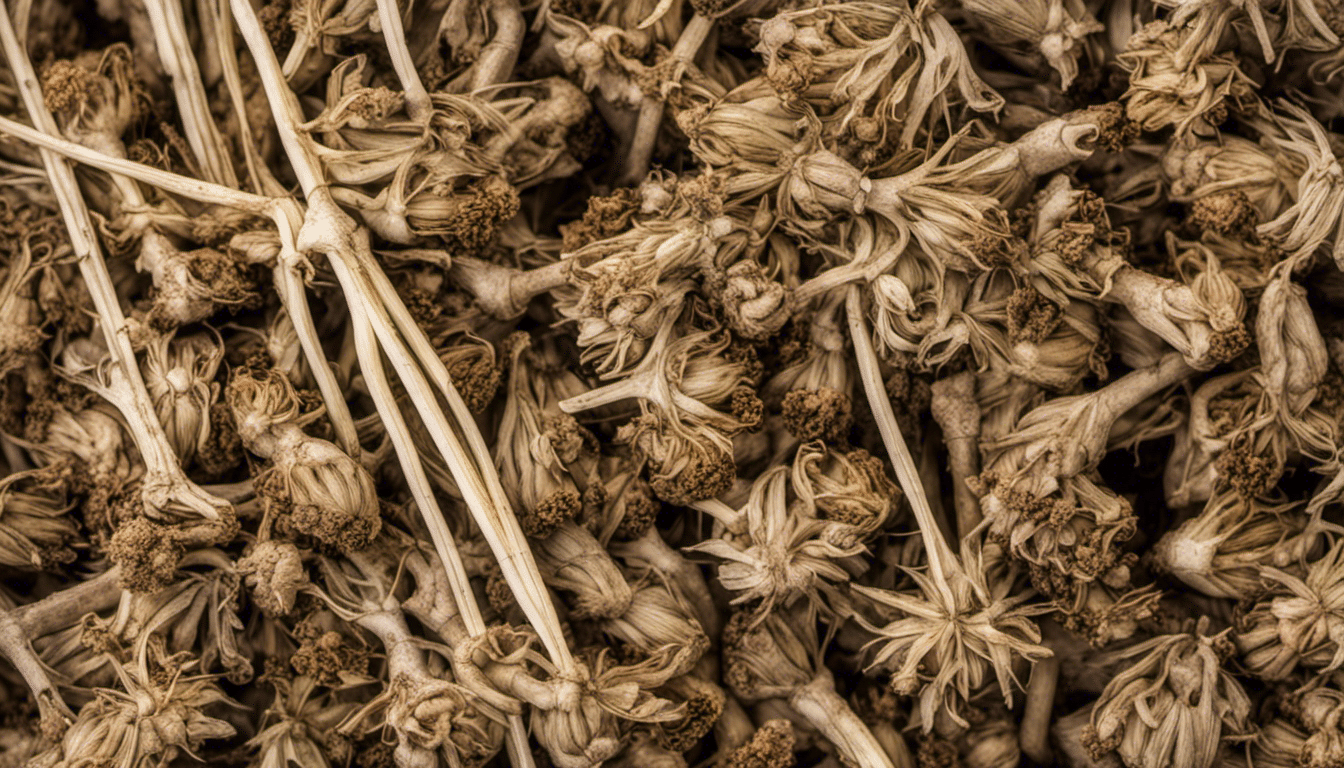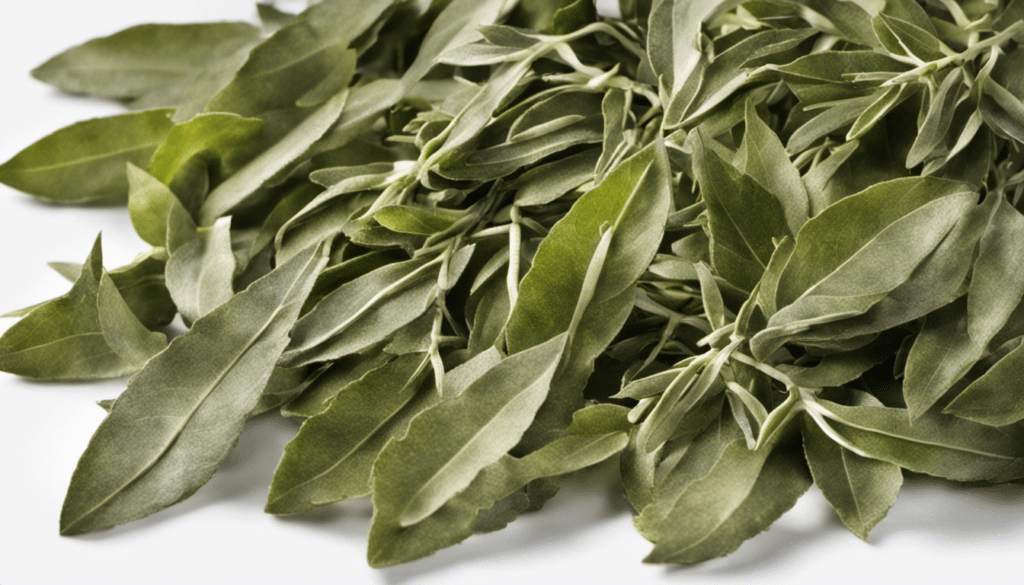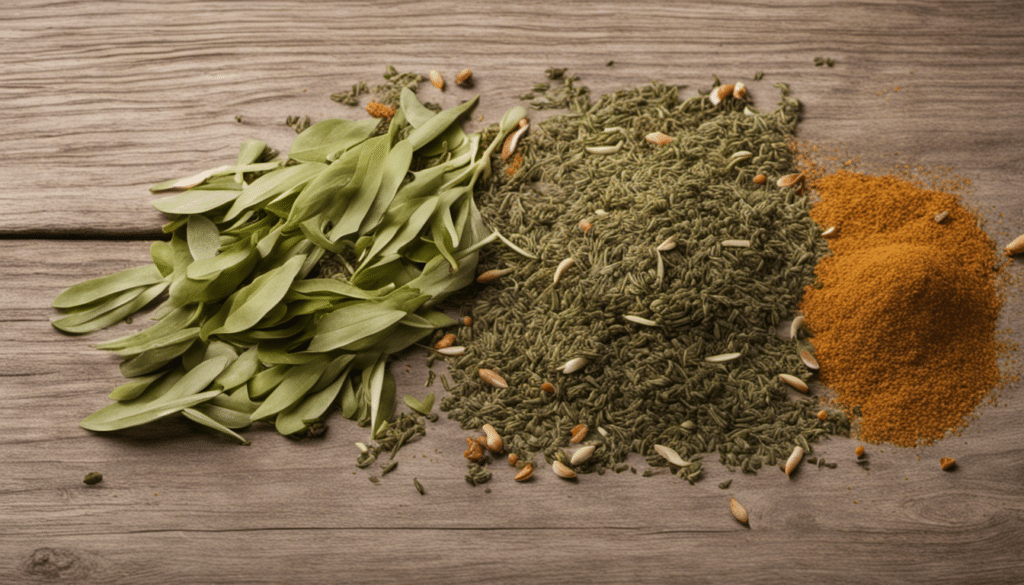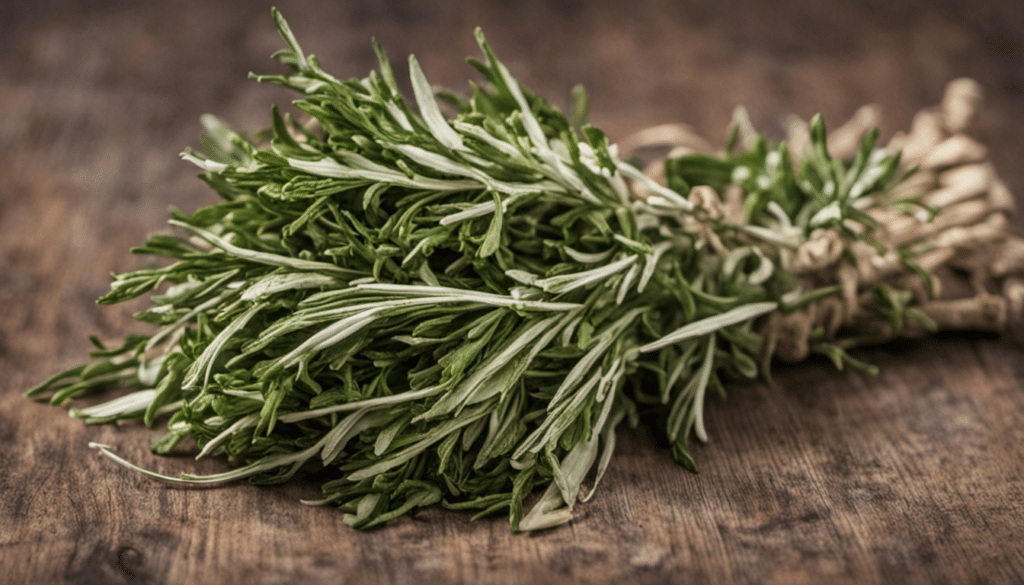Everything You Need to Know About Persian Hogweed

An Introduction to Persian Hogweed
Persian Hogweed, a unique and versatile plant, has found its way from the rich soils of Iran to a variety of cuisines worldwide. Known scientifically as Heracleum persicum, Persian Hogweed is found in abundance in its native Iran and other regions, including parts of Russia, Turkey, and the Caucasus. This herb is also commonly referred to as ‘Golpar’ and is a cornerstone of many Persian dishes due to its distinctive flavor.
Origins and Uses
Persian Hogweed seeds have been used for centuries in Persian cooking, famous for their lemony, herbal flavor and slightly numbing effect on the tongue. Traditional Persian recipes often include Golpar in accompaniment with other spices, such as in a popular herb-studded yogurt dip called Mast-o Khiar or stews such as Ghormeh Sabzi and Abgoosht.
In addition to its culinary uses, Golpar has also been used in Persian herbal medicine for its number of health benefits and therapeutic properties.
Health Benefits of Persian Hogweed
Historically, Persian Hogweed has been used medicinally in its native region to treat a range of ailments due to its various healing properties. It’s most commonly used in the treatment of digestive disorders, owing to its antispasmodic properties. These can help to soothe an upset stomach, relieve flatulence, and stimulate healthy digestion. Studies have also indicated that Golpar may have antimicrobial, antifungal, and antioxidant properties.
A word of caution, though. Despite its beneficial properties, Persian Hogweed—like all herbs—must be used in moderation. Some people may be allergic to Golpar, and hogweeds’ essential oils can react with sunlight to cause skin irritation in sensitive individuals. Always consult with a healthcare professional before incorporating new herbs into your diet or wellness regimen.
With a remarkable history, unique flavor, and several health benefits, Persian Hogweed—Golpar—is undoubtedly a plant worth exploring in your culinary adventures.
Persian Hogweed Recipe Ideas
- Persian Hogweed Stew with Beef
- Persian Rice with Hogweed and Saffron
- Herb Salad featuring Persian Hogweed
- Persian Hogweed and Lentil Soup
- Grilled Salmon with Persian Hogweed Dressing
- Persian Hogweed and Chickpea Curry
- Persian Hogweed & Goat Cheese Pizza
- Lamb Kebabs with Persian Hogweed Marinade
- Persian Hogweed and Eggplant Dip
- Persian Hogweed Infused Olive Oil for Dips and Drizzles



